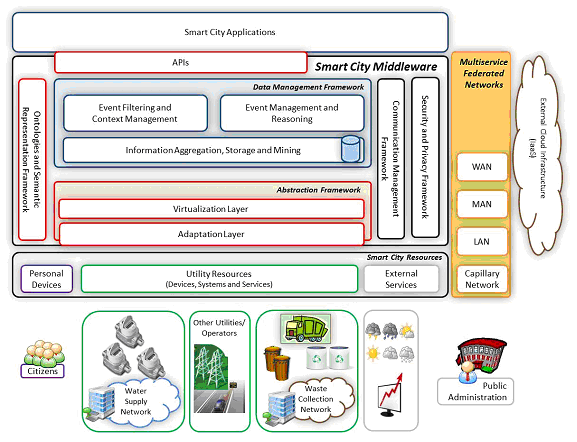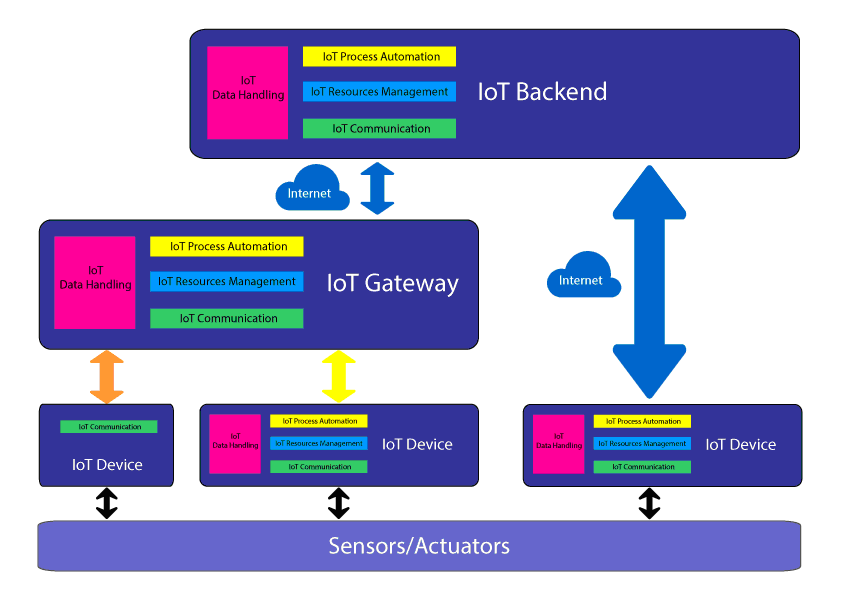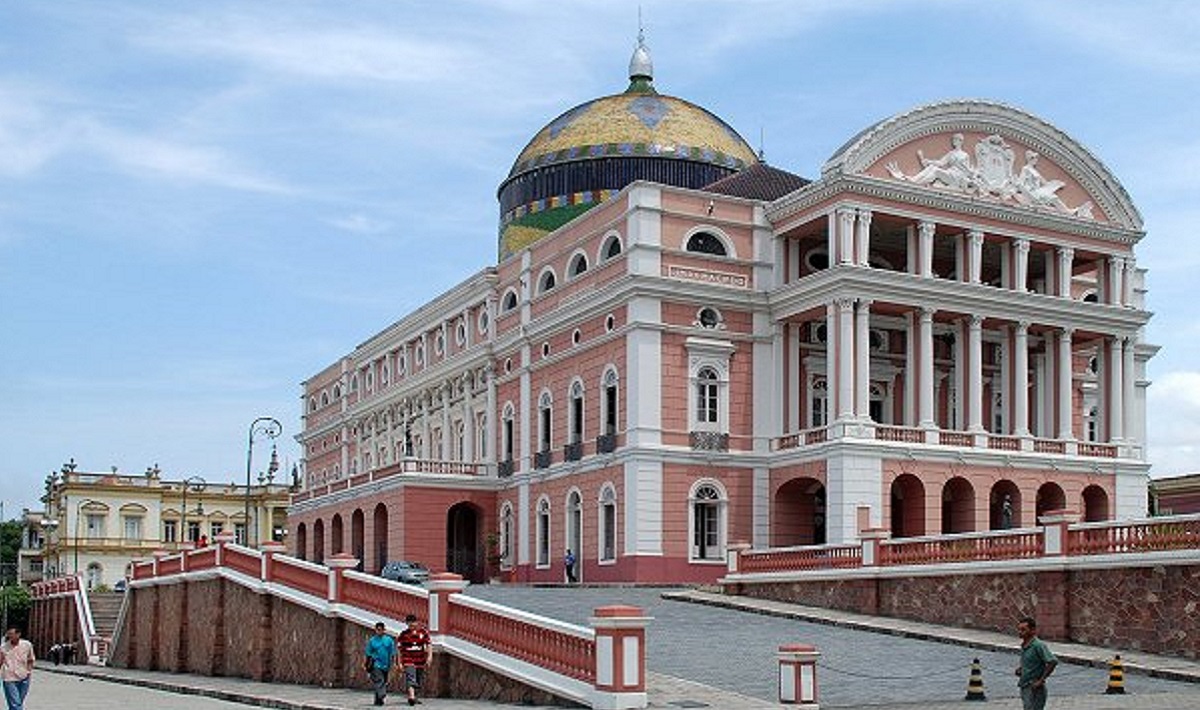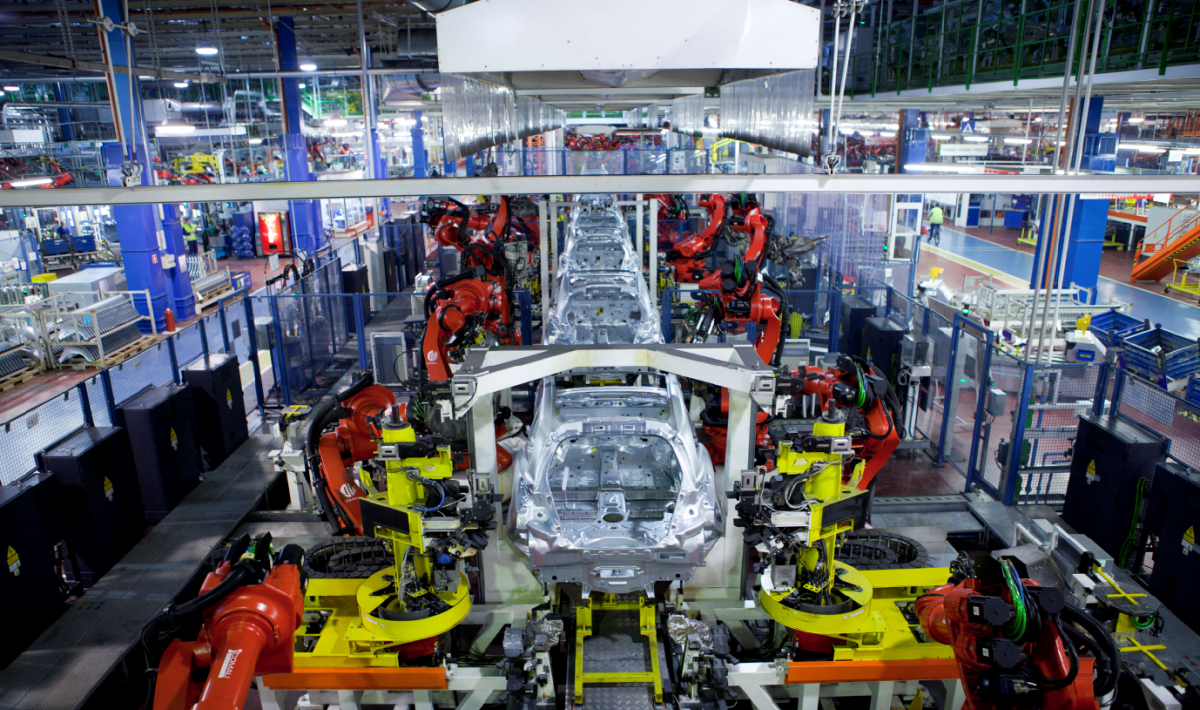The ALMANAC project (Reliable Smart Secure Internet Of Things For Smart Cities) is developing a service delivery platform that integrates Smart City Information System for green and sustainable Smart City applications. The ALMANAC Smart City Platform collects, aggregates, and analyses real-time or near real-time data from heterogeneous sensors and actuators to support Smart City processes. The key element of the platform is a middleware based on a SOA architecture supporting semantic interoperability of heterogeneous resources, devices, services and data management. The middleware supports various Smart City applications by leveraging on a communication network built dynamically by federating private and public networks.
Rationale
The strong and increasing interest in Smart City approaches worldwide derives from the need to find effective solutions to the major trends that will change the world in the next twenty years, strongly affecting urban infrastructure. The main economic and social challenges to be addressed cover climate change, energy supply and fuel, the scarcity of natural resources, population growth, health protection, urbanization, food security, the decline of the ecosystem and deforestation. In such a context, cities play an important role, as they are inhabited by half the world’s population (68% in Europe), consume 80% less energy and produce 70% of the total carbon dioxide in the world. Smart City approaches can answer the need to implement a new model of sustainable economic growth, through the use of new technologies to improve the environmental (waste management, transport, governance of natural resources and production of energy) and social (education, security, urban planning, housing) aspects.
Smart City services are enabled by a massive use of Internet of Things technologies. At a very abstract level, they have the fundamental role of representing any physical resources with their virtual counterparts in the digital domain, where data is processed, decisions are taken and ultimately Smart City processes are executed, based on the information coming from the physical world.
Project data


Like in the human body, the Smart City will have peripheral sensing organs (smart things) connected through a peripheral nervous system to transmit the data collected to the central nervous system that is to say to the brain. The brain is the set of command and control centres of the smart city; in the brain there are many applications receiving data from the smart things and sometime commanding directly the smart things. The evolution from the today’s city to the future Smart City will be driven by the introduction the Internet of Things (IoT) technologies.
Architecture
The ALMANAC project will develop a service delivery platform with corresponding technology solutions that integrates Internet of Things (IoT) edge networks (termed capillary networks) with Telco’s metro access networks thus enabling an integrated Smart City Information System for green and sustainable Smart City applications. The Smart City Platform (SCP) collects, aggregates, and analyses real-time or near real-time data from appliances, sensors and actuators, smart meters, etc. deployed to implement Smart City processes via an independent data communication network. The platform allows decision support and implements intelligent control of the devices through the capillary networks with M2M (Machine-to-Machine) management platforms, as well as management of local installations. The platform is also able to integrate services that, although being natively external to the platform itself, enrich the set of data and information on which Smart City applications are built upon. The ALMANAC SCP architecture is depicted in Figure 1.
The data and information capture section is represented on the bottom part of the picture while the ALMANAC platform components are represented on the middle and on the top side. The key element of the platform is a middleware based on a SOA-based architecture supporting semantic interoperability of heterogeneous resources, devices and services, data management as well as a network management framework. The middleware supports the variety of Smart City applications by leveraging on a communication network that is built dynamically by federating private and public networks. Finally, the various SCP components support the features needed to guarantee end-to-end security and privacy, which is paramount for the success of Smart City applications.
The M2M reference architecture is very similar to the reference architectures that is currently being defined by the Internet of Things community, by projects like IoT-A and FI-WARE (part of Future-Internet PPP), which defines an “IoT stack” consisting of an IoT Device, IoT Gateway and IoT Backend. In each layer the following functionality could be implemented:
- IoT Data Handling – local storage, buffers, aggregation, error control
- IoT Communication – conversion between lower and upper protocols
- IoT Resource Management – Virtualisation of sensors, devices and things
- IoT Process Automation – local rules execution, meta data management
The Almanac project will work towards merging these two perspectives in order to provide one coherent platform for Smart City Applications.
Although the ALMANAC platform is a general-purpose Smart City platform, which can deliver and support Smart City applications “at large”, just three specific applications (waste management, water management and citizens’ engagement) have been selected for proof-of-concept implementation and evaluation in the project thus leaving the main focus on IoT and network research and development.
Technology
The ALMANAC Smart City Platform collects, aggregates, and analyses real-time or near real-time data from appliances, sensors and actuators, smart meters, etc. deployed to implement Smart City processes via an independent data communication network. The main features of the individual architectural components are as follows:
Smart City Resources
These resources include physical appliances, devices, sensors, actuators, meters, sub-systems that make it possible for the Smart City Platform to collect data and interact with the physical world.
Abstraction Framework
The Abstraction Framework is responsible for the virtualization of Smart City resources. It provides the features that are needed to integrate seamlessly heterogeneous devices (personal and not), systems and services (internal and external) and to ensure interoperability among them. The abstraction Framework is composed of an Adaptation Layer and a Virtualization Layer.
Ontologies and Semantic Representation Framework
The Ontologies and Semantic Representation Framework is responsible for providing the Abstraction Framework, Data Management Framework, Communication Management Framework as well as Smart City applications with commonly shared semantic representation models and basic vocabularies. This enables semantic interoperability between several system components both internal and external to the ALMANAC platform. ALMANAC ontologies will “reflect” logically any aspect which is relevant for Smart City processes.
Data Management Framework
The Data Management Framework is responsible for handling the huge amount of data and events generated and exchanged within Smart City applications, with the purpose of supporting decision making, and finally application development. The Data Management Framework is composed by of several distributed cloud-based components, which can be grouped functionally.
Communication Management Framework
The Communication Management section is responsible for providing a reliable communication layer among Smart City Resources throughout heterogeneous private and public area networks belonging to different administrative domains and possibly federated for their mutual advantage.
Security and Privacy Framework
This component is responsible to support the management of security and privacy aspects within the overall SCP.
Multiservice Federated Networks
Due to the wide geographical area where Smart City services take place and to the need to incorporate heterogeneous network technologies, it is not foreseeable to assume a single homogeneous network. Consequently, the SCP must be able to operate over networks (Wide Area Network – WAN, Metropolitan Area Networks – MAN, Local Area Networks – LAN) operated by different private and public administrative entities.
Open cloud-based APIs and Applications
Due to the “open” nature of Smart City application, it is not possible to foresee and incorporate in developments all possible current and future applications. For such reason, ALMANAC will deliver a set of open cloud-based APIs as unique interface for application developers.
Sustainability
A business model based on a public-private partnership – to adopt an ontological perspective on exploration of innovative service concepts and value creation based on the analysis of economic value creation and exchange of value objects between stakeholders.
The business models will include and measure values created by:
- Primary end-users: improved quality of living and health, mobility, staying longer in the workforce, etc.
- Secondary end-users: improve case management, effectiveness, better resource utilisation, etc.
- Tertiary end-users: cost-benefit, quality of healthcare, interaction of health and social carers
- Business actors: profitability and sustainability of commercial services and supplies
Expected Project Outcomes
The technological objectives of the ALMANAC project are:
- To integrate M2M capillary networks in order to collect data from a huge number of devices also monitoring their status and making relevant information available to application platforms
- To develop an IP-based infrastructure exploiting end-to-end federation of private/public area networks to support authorized data flows throughout heterogeneous administrative domains
- To support the holistic management of the overall Smart City network infrastructure including heterogeneous network technologies and federated networks
- To develop a service oriented architecture for a scalable and adaptive middleware supporting IoT in Smart City environment and interoperability with reference M2M solutions
- To provide flexible virtualization and semantic representation of all the available heterogeneous Smart City resources ensuring interoperability
- To provide a scalable data and event management architecture at the different levels of the IoT Architecture to support a wide range of Smart City applications
- To develop open, secure and privacy-savvy cloud-based APIs enabling seamless access to the virtualized Smart City resources and the definition of innovative Smart City Applications
The detailed socio-economic objectives of the ALMANAC project are to:
- To develop a business model framework based on the concept of dynamic value constellations of actors based on public-private partnerships, which combines business needs with governance requirements while at the same time engage citizens engage actively in resource conserving and climate preserving sustainable solutions for their city and local community
In-JeT’s role in the project
In-JeT is the chief vision-owner of the ALMANAC project. As manager of the workpackage on requirements engineering, we are managing the iterative requirement process and develop procedures for capturing Lessons Learned and perform requirements re-engineering, constantly keeping the project aligned with its objectives and vision. In-JeT’s role is also to perform the business modelling, where we, together with partners, develop concepts and methods for value models and process models.Further, it is In-JeT’s role to participate in the development and evaluation of the prototype applications, in particular the applications on citizen’s engagement and the technical transferability for the platform.On the dissemination and exploitation side, we develop and maintain the projects’ dissemination strategy and the ALMANAC website.
Partners
Funding
Co-funded by the European Commission 7th Framework Programme for Research












